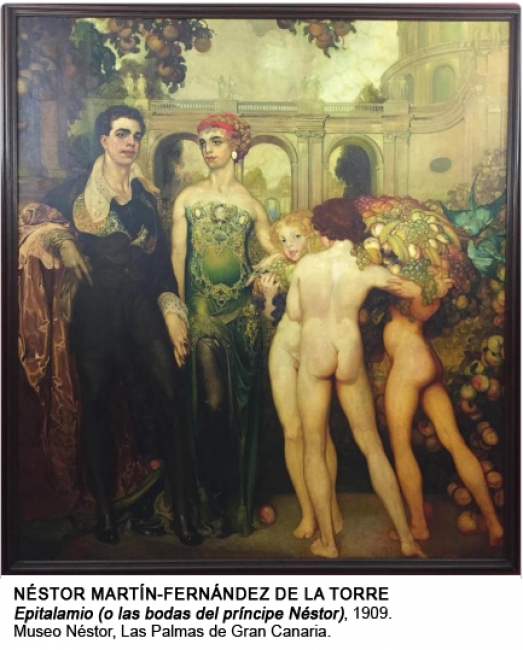Descripción de la Exposición
Since the earliest known traces of textile weaving first appeared some 27,000 years ago, discovered in the southwest Czech Republic, and belonging to the Gravettian people, who roamed the migratory highlands between Southern Russia and Spain(1), humans have been spinning fibers into thread and thread into fabric. With their warp yarns held taught, a single weft begins its journey up and over, then is drawn through until it reaches the other side. With patience and repetition, slowly the warp and weft begin to grow, as the Egyptian flax becomes a linen shroud, Chinese silk turns to tapestries, and hemp becomes an early painter’s canvas.(2)
From the very moment we are born into this world, swaddled tightly in a blanket, a day does not pass without touching a fiber, or a multitude of threads – they come to us in the form of necessity, others decorative, or utilitarian. They are the textiles we are clothed in, the sails that move our ships, the canvas we paint on. For centuries now artists have adopted this medium as another important form of artistic practice. One of the earliest examples where “…we see fabrics being used for something other than clothing or shelter…”(3) is the Bayeux Tapestry in France which dates from the 11th century. From there, the medium continued onwards with Medieval and Renaissance tapestries adorning castle walls, then 16th century Venetian painters began using canvas rather than the commonly used wood panel. And like that, these basic threads were woven right into the history of art, where in more recent times we find Rauschenberg pinning his to the wall, Albers weaving hers, Fontana slashing open the surface of his, and Frankenthaler staining hers. And so, the thread continues.
Drawing from the r/e collection, this exhibition brings together works produced by artists over the last 60 years that continue to speak of the thread in its numerous forms. Woven wall tapestries and carpet, fragments of torn gold leaf carefully stitched back together, exposed raw canvas, burlap, wool, mesh, silk, a cotton sheet – a blanket becomes a canvas, while embroidered cushions a sculpture. All held together by a thread.
Tom Burr / Claire Kerr / Jiří Kolář / Robert Mapplethorpe / Isa Melsheimer / Manolo Millares / Navid Nuur / Steven Parrino / Elena del Rivero / José Antonio Suárez Londoño / Rosemarie Trockel / Anna Virnich
(1) Dr. David Whitehouse, “Woven cloth dates back 27,000 years,” BBC News, June 14, 2000, http:// news.bbc.co.uk/2/hi/science/nature/790569.stm (accessed December 10, 2019); Brenda Fowler, “Find Suggests Weaving Preceded Settled Life,” The New York Times, May 9, 1995. https://www.nytimes.com/ 1995/05/09/science/find-suggests-weaving-preceded-settled-life.html
(2) canvas (n.) mid-14th c. from a root derived from Latin cannabis or Greek kannabis, all meaning “derived from hemp”.
(3) Karen Thurman, “On the cutting edge: A History of textile art,” Thurmanovich Gallery, October 1, 2018 (accessed January 23, 2020).

Premio. 01 abr de 2025 - 18 may de 2025 / Bilbao, Vizcaya, España

Exposición. 14 may de 2025 - 08 sep de 2025 / Museo Nacional Centro de Arte Reina Sofía (MNCARS) / Madrid, España

Formación. 30 oct de 2025 - 11 jun de 2026 / Museo Nacional del Prado / Madrid, España